
I'm often struck by the diversity in jobs and responsibilities of historical figures. For instance, Samuel de Champlain has been described as a French colonist, navigator, cartographer, draftsman, soldier, explorer, geographer, ethnologist, diplomat, and chronicler.
With a bit of jealousy at all he has achieved, I realize that I can tick only two of these boxes, geographer and diplomat. I have been an officer in the navy, but nobody would ever describe me as a soldier. Furthermore, I am not a chronicler since the little histories and experiences that I write about will long be forgotten when historians try to make sense of the enormous world events of this decade that will forever shape the future of life on this planet.
“Our Governor”
Ideally, we should have added the title of Governor of New France to this long list of De Champlain's accomplishments, but that was impossible in the early 17th-century culture in France because of his non-noble status. De Champlain was the de facto Governor of New France, although his title was Lieutenant General. The colonists didn't pay much attention to these details and simply referred to him as "our governor."
No authentic portrait of Champlain is known to exist. Although, some 250 years after he lived, Théophile Hamel made an effort by painting this portrait in 1870. It was based on an earlier one by Ducornet of 1856, based on a painting of Michel Particelli d'Emery of 1650 by Balthasar Moncornet in 1668. In short: it is unlikely that De Champlain's wife would have recognized the man in this painting, but it gives us a bit of a picture of the hero of my story, just like movie stars often don't resemble the real-life character that they portray.
Passage to China
De Champlain has achieved a lot in his eventful life, but he never reached his biggest dream of finding an overland route across America to the Pacific, giving France access to China's riches. It must have been a disappointment for De Champlain, who was so convinced that he would find the route to the Orient that in 1612 he obtained a commission to "search for a free passage by which to reach the country called China."
But like so many others, his failed search for a passage led to a wealth of other relevant knowledge. First, he explored the Saint Lawrence River and its tributaries as a route toward the continent's interior. He then made a voyage up the Ottawa River, traveled through the heartland of present-day Ontario, and eventually reached Lake Huron in 1615.
You may have heard of Lake Champlain, and, no surprises here, it was mapped by Samuel de Champlain himself. You can't go far in this part of Canada without being reminded of this remarkable explorer. He would probably be proud to know that he is still honored in many local names. For instance, the Champlain Valley, Champlain Trail Lakes, Champlain Sea, Samuel de Champlain Provincial Park, Champlain Bridge, Fort Champlain, Champlain Regional College, Marriott Chateau Champlain Hotel, Champlain Place, and the Champlain Society.
Rideau River
Not many people will think of De Champlain when crossing the Rideau River in Ottawa. But it was Samuel de Champlain who gave this river its name. He believed the waterfalls of the river looked like a curtain ("Rideau" in French). And since I live near the river and found it high time to end my half a year of hibernation during the long Canadian winter, I put on a brand new pair of hiking boots for a bit of local exploration.
It was a good day for a walk. Ottawa seems to have swapped winter for summer overnight, so I miss my favorite springtime season. But in these summer temperatures (at least by my Dutch standards), I enjoy seeing the colorful flowers of spring. Perhaps the most significant change is that the trees suddenly burst into a new life.
Join me for a summer of hiking
Let me take you along the walk and share some pictures; I plan to walk a lot this summer, so expect more posts with photos of my hikes in this newsletter.
This photo shows last week's brown branches now have a lovely light green shade. These trees should hurry up; after such a long winter, the warmer season is short to do everything a growing tree should do before the fall sets in.
I passed the Adàwe crossing bridge, with its two 1.5m diameter mirror polished stainless steel spheres. They were created in 2016 by Kenneth Emig, who wrote that these spheres transform the bridge into an observation deck that mirrors the environment in unexpected ways. Each sphere presents the observer with a panoramic view of the sky, river, shores, bridge, pedestrians, and cyclists.
I looked into these spheres and saw myself immersed in the world, precisely as they are intended to do. The mirror balls show a beautiful world from every angle you look at it. You can see yourself much smaller than in an ordinary flat mirror; it makes you a small but central detail on a Petit Prince kind of planet, consisting of only water, fresh green lawns, blue skies, and a lamp post on the left of the picture. It looks like a happy globe where people would live in peace.
I continued to walk along the river's green shoreline, with shrubs, trees, and other plants growing along the water. This riparian habitat in Canada's capital is an oasis for fish, birds, and other wildlife. I always marvel at the complexity of ecosystems, even in this urban setting. The trees and shrubs provide overhead cover and shade to minimize the warming of the water. They are also a food source for fish; for example, insects fall off the vegetation into the water. The vegetation also provides food and nesting sites for birds and wildlife and cover from predators. Many local bird species prefer the edges of forests and open grassland areas, so they like habitats like this one along the shoreline.
The amphibians and reptiles (together called herptiles) found along the Rideau River require specific wetland and wooded habitats. They especially like to live along riverbanks with moisture-rich soils. The frogs and turtles that live here also love the rocks, leaves, hollow trees, and rotting logs along this stretch of the river with slow-moving, shallow water, a muddy bottom, and plenty of vegetation.
I didn't see any herptiles. I mainly enjoyed the rich birdlife and the many squirrels. Nor did I notice any fish, but I know there are many. They have their preferences for a happy life, such as ample cover, enough food, good conditions for reproduction, and migration routes. Fish need enough cover areas to escape from predators, and this river provides them with rocks, gravel, sand, or mud at the bottom. That variety also provides suitable spawning conditions for different kinds of fish.
The river is also essential for us. Cities are more pleasant when a river runs through them, especially if green spaces are on both sides. Just think of your favorite city in the world, and chances are you are thinking of the river that runs through it: London's iconic Tower Bridge crossing the Thames, walks along the Seine in Paris, or what Manhattan would look like without the Hudson River.
Likewise, Samuel de Champlain would have enjoyed a visit to the year 2022 to see what had become of that spot in the interior of New France, where he had named a river after a waterfall that looked like a curtain. The city that formed on that spot had become the capital of a vast country. And from its west coast, you have "a passage by which to reach the country called China."
If you got this far, please read this too: I write these newsletters, share my photos, do interviews, make podcasts about the environment, and share my travels because I believe that together we can do better on this beautiful but fragile planet.
I like what I do, and I hope you like it too since this is my work.
If you are a paying subscriber: thank you for your support!
If you are not, please consider supporting this initiative by taking a paid subscription. Your support helps!
The Back Page
Notes:
https://www.historymuseum.ca/virtual-museum-of-new-france/the-explorers/samuel-de-champlain-1604-1616/






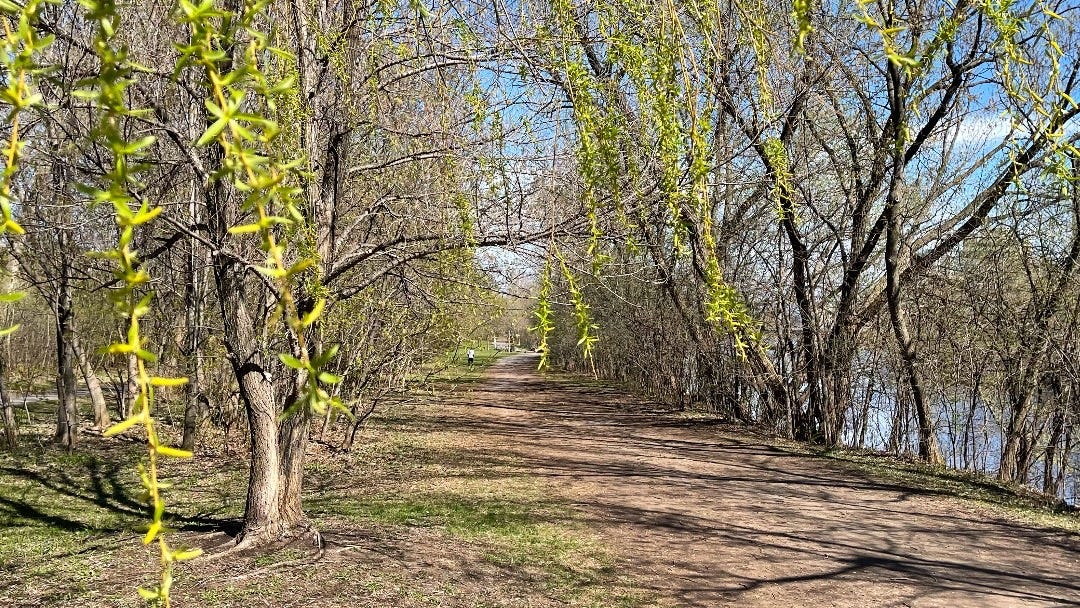
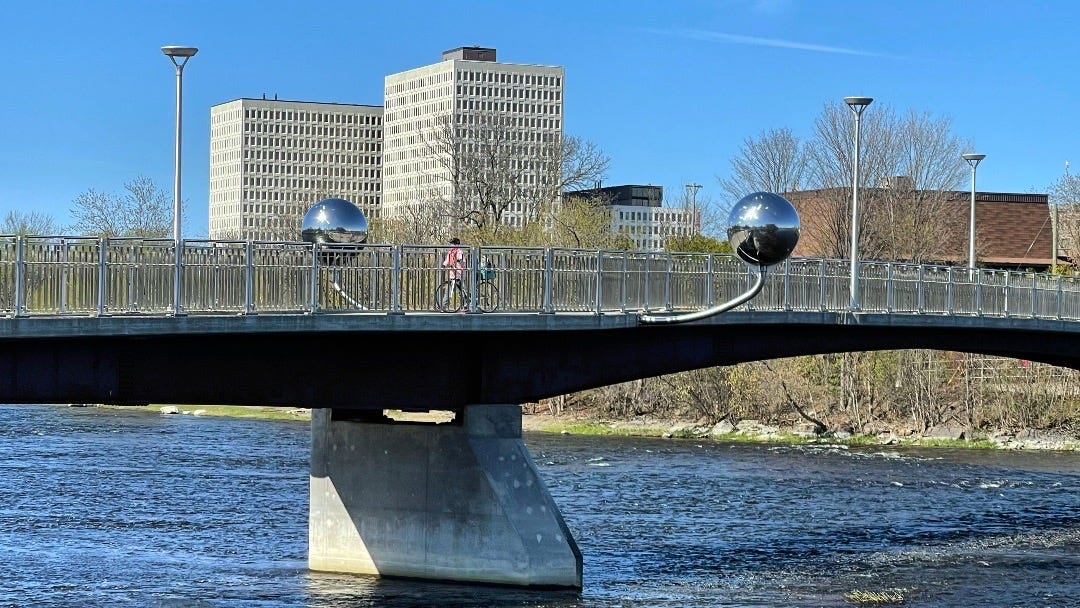

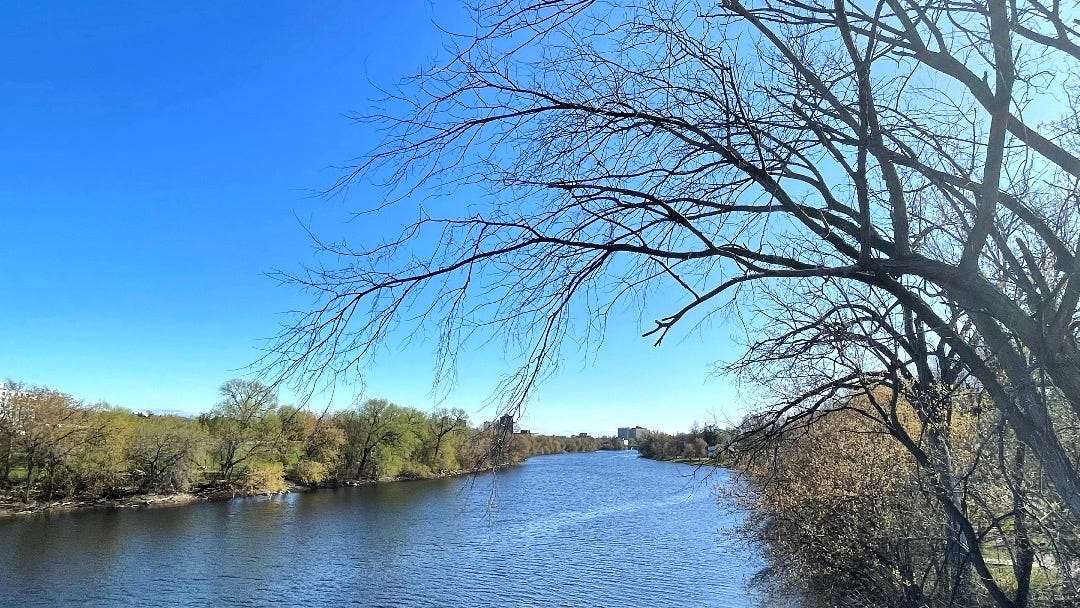

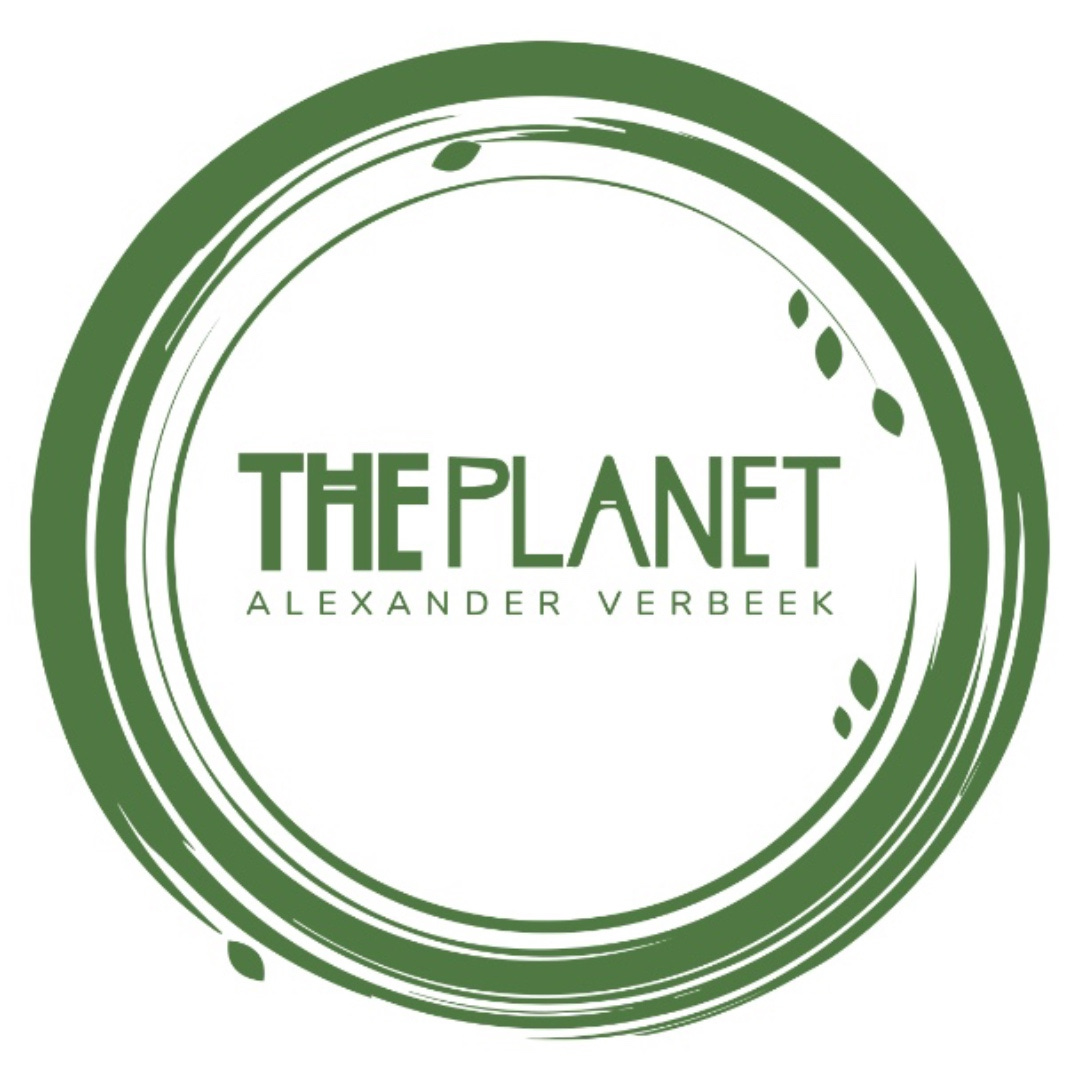
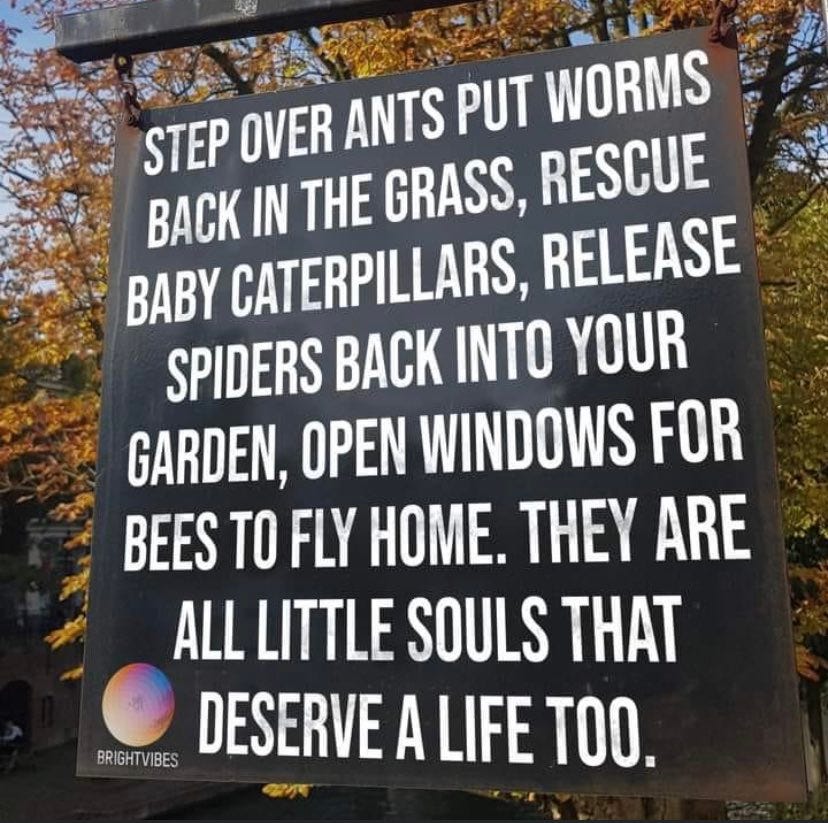
Thank you for a lovely post! I shared it with my Canadian neighbors who are back home now that winter has gone.
👌 📷🚶♂️ . . .the river walk and talk (-: